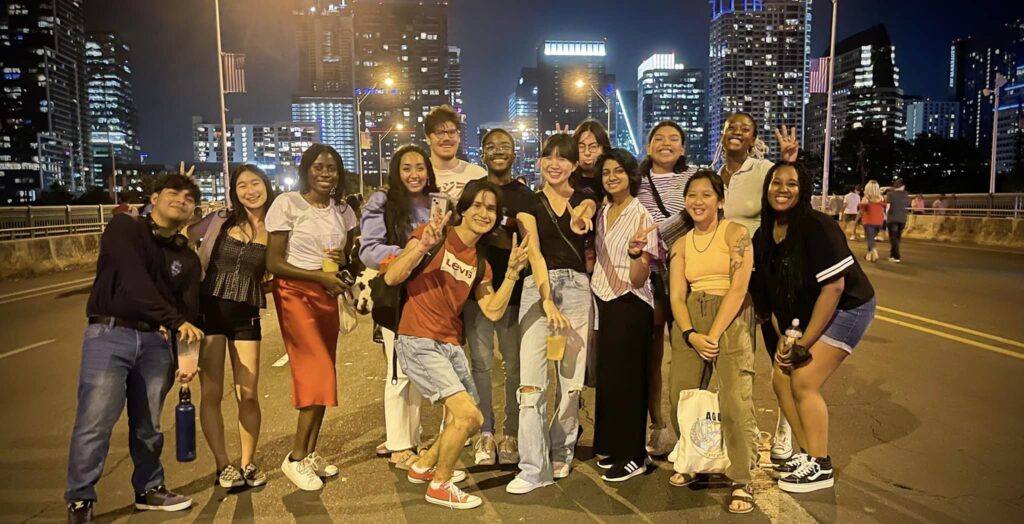
The Challenge: Lack of Diversity in Library and Information Science
For decades, racial and ethnic minorities have been underrepresented in the LIS field. Despite efforts from organizations like Institute of Museum and Library Services and the American Library Association, the problem persists. We’ve identified two major hurdles: difficulty in financially scaling successful recruitment initiatives and the struggle to retain underrepresented individuals in the profession.
The Barrier to Retention: Isolation and Support Gaps
While there are successful recruitment programs, retaining underrepresented talent is a different challenge. Many face isolation and lack of support, leading to a sense of abandonment. The existing diversity and inclusion efforts often treat recruitment and retention as separate issues, resulting in disjointed efforts.
Our Approach: Building-In Belonging
This research project delves into how underrepresented minority students experience community and belonging. We’ll focus on cohort-based recruitment programs, comparing these experiences with their graduate programs and workplaces. Our goal is to extend the sense of community developed in recruitment programs to create a lifelong learning and support model.

Research Phases:
Phase 1: i3 Focus Groups Partnering with the iSchool Inclusion Institute, we’ll conduct pilot focus groups to understand the experiences of underrepresented students within and outside the program.
Phase 2: Case Studies Using insights from Phase 1, we’ll conduct qualitative case studies in different LIS, cohort-based recruitment programs – i3, Spectrum, and Knowledge River.
Phase 3: Comparative Analysis We’ll analyze participants’ experiences across case studies to identify mechanisms for developing and maintaining a sense of community. This will inform a model addressing isolation and support gaps.
Breaking Down Barriers
Our model not only aims to address retention barriers but also tackles financial challenges by scaling community-building mechanisms through partnerships and infrastructure. Additionally, we’re disrupting the traditional “bolted-on approach” by creating an empirically-informed, intergenerational model that spans educational recruitment to career retention.
